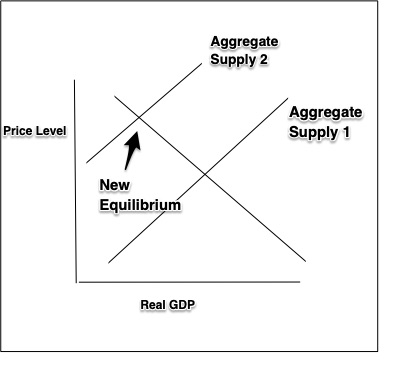India and Thailand have been hotter than usual. As a result, their sugar production was down and prices were up.
At 23 cents per pound, raw sugar prices are not far from their recent high:
Future Food Prices
A new paper suggests that while inflation responds to weather, temperature is the “strongest and most consistent” variable. However, based on the region, the month, and the latitude, the impact varies. For lower latitudes, there is more consistent year-round inflationary pressure. By contrast, with higher latitudes, the hottest months send prices skyward and colder temperatures send them downward.
Below, the new study’s authors cite the impact of weather on food prices from 1996 to 2021. The goal is to connect “a one-off 1 C increase in monthly temperature on month-on-month inflation rates, evaluated at different baseline temperatures (colour)” :

Perhaps more understandably, they find weather impacts food prices in high- and low-income countries. The darkest colors on their map, displaying the most inflation, took them to Asia and Africa:
More precisely, graphically, you can see the places that will be hardest hit if these scholars’ projections are accurate. They include sub-Saharan Africa, South Asia, and Middle East/North Africa. We should also note that SSP is a Shared Socioeconomic Pathway; SSP585 is the worst-case while SSP126 is best-case:
And, shown with darker shading, it has already happened:

Our Bottom Line: Supply Side Productivity Shocks
As economists, we can say that global warming is a supply shock because the aggregate supply curve responds to shifts in land, labor, and/or capital. Then, the shift changes the price level and real GDP.
With global warming, we can assume that elevated temperatures reduce the land’s productivity. As a result, we have to illustrate less supply by shifting AS (the aggregate supply curve) to the left. Responding, equilibrium price level rises and real GDP falls:

So, if anyone asks you why your candy bar is more expensive, you can say it was caused by a supply shock.
My sources and more: Again a H/T to my Emily Peck/Felix Salmon Axios email for alerting me to the climate/price paper. Then, happily, The Washington Post had a very sweet complement.









